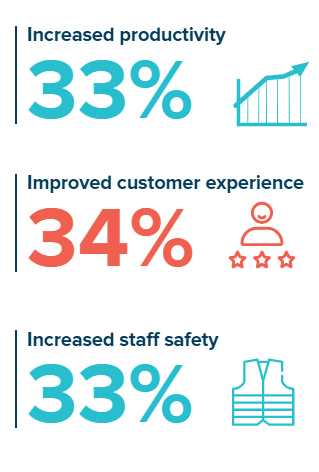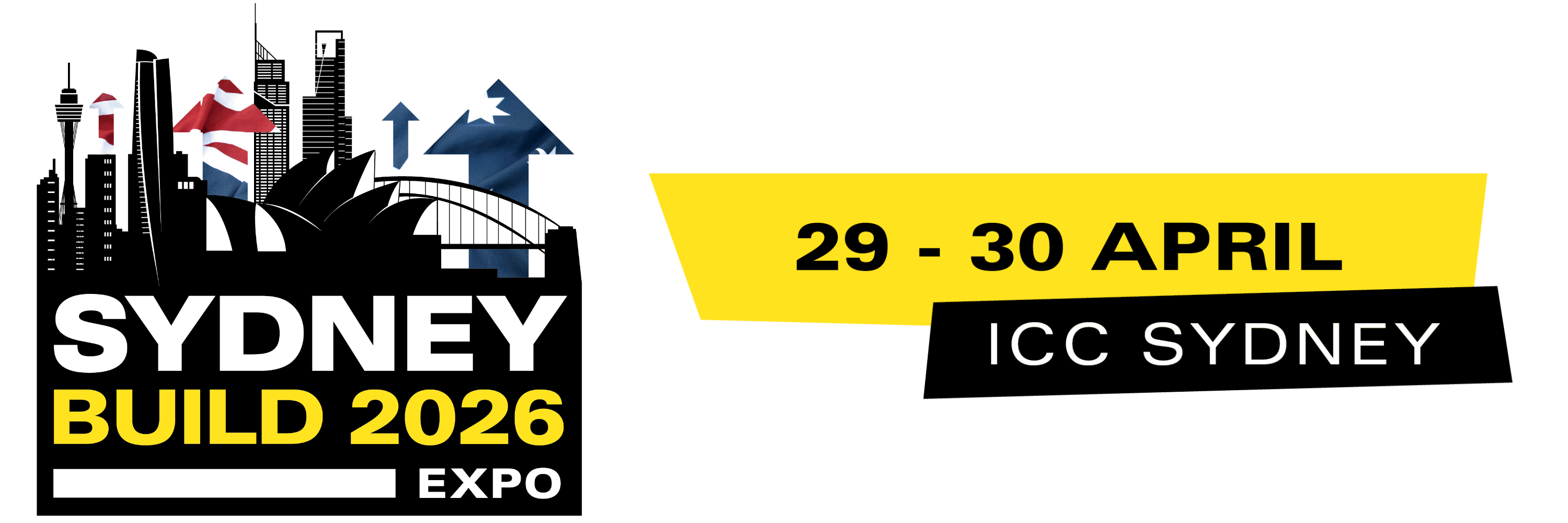The digital transformation in construction – What you need to know
Digitalisation in construction integrates information technology into every project phase, from conception to completion, and across both construction sites and organisations. This includes transformative technologies like building information modelling (BIM), 3D printing, construction management software, aerial drones, and automation.
Many in the industry advocate digitalisation for its potential to tackle common construction issues such as defects, delays, budget overruns, miscommunication, and safety risks.
Despite the evident transformative benefits of digitalisation across various sectors, construction lags in adopting modern technology. However, the demand for digitalisation in construction is growing given its potential to significantly impact an industry currently contributing approximately 14% to global GDP. This article explores the benefits, risks and challenges of digitalisation, focusing specifically on its application in construction disputes.
The use of digital tools in construction projects and dispute resolutionWhile the benefits of digitalisation in areas such as project management, cost efficiency, and environmental impact are increasingly recognised, a lesser-known advantage lies in its potential to streamline dispute resolution.
Many common causes of construction disputes (such as project delays, defects, and safety issues) are capable of being mitigated by adopting new and emerging technologies. A recent Deloitte report has noted various benefits for Australian construction companies who currently use well-established digital technology in day-to-day operations.4 These include increased productivity (34%), improved customer experience (33%) and increased staff safety (33%).

Digital tools introduce innovative solutions to challenges arising from construction projects, either by enhancing existing systems or by presenting new, more efficient methods of operation. For example:
- New software can be used at the design stage to reduce errors from the outset. Systems like 3D modelling, for instance, can aid programme, project and budget management, mitigating the risks of disputes around changes of scope and extensions of time.
- Platforms like BIM address common issues in the construction sector including communication gaps, adversarial culture, and late information availability. BIM enables multiple stakeholders, including advisors, architects, and engineers, to collaborate on the same model simultaneously, enhancing communication and reducing errors by providing access to the latest design version. The widespread adoption of BIM suggests that the use of such models in the construction industry will only increase over time. For example, in Australia, BIM is being used by approximately 40% of construction businesses. This is predominately on larger construction projects, such as the Northwest Rail Link Project in New South Wales and Cape Lambert Port B in Western Australia.
- Automation and robotics may also help to enhance progress, and mitigate the effects of variations and delays, reducing the risk of conflict in relation to those matters.
- Smart contracts can be customised to meet the specific needs of each project and can be designed to trigger automatic actions based on predetermined conditions. They can even be used to automate the dispute resolution process, with disputes automatically being addressed based on the terms of the agreement without the need for manual intervention.
- Another significant challenge in construction dispute resolution is determining on-site facts. Reliance on paper-based site diaries can lead to inaccuracies or omissions, whereas implementing automated record-keeping systems, software that exports structured data, and efficient photography systems (including drone-produced video records) can streamline the establishment of facts at a lower cost. This can reduce the scope for factual disagreement between the parties and aid negotiation.
AI holds significant potential for assisting parties in the resolution of construction disputes. As projects and contracts become increasingly complex, AI can help to identify relevant contractual provisions and potential areas of dispute. It can also analyse extensive legal submissions, identifying weaknesses and inconsistencies in the parties' respective arguments. While AI does not (currently) replace human review, it provides a valuable starting point, potentially revealing overlooked points as a result of being able to analyse large volumes of project correspondence and contract documents.
The use of AI, such as large language models, can be particularly useful on time-consuming tasks like document review, freeing up legal resources for more substantive tasks such as legal analysis. Document management in arbitrations (particularly on memorial-style arbitration proceedings) can be especially challenging, and AI's ability to distil large amounts of pleadings and supporting material into core points can be invaluable. Other ways in which AI can assist include research, database search, document review, contract data extraction, contract policy compliance, summarisation, correspondence drafting, timeline generation, and witness interview preparation. Looking forward, advancements in AI technology may even enable outcomes of ongoing disputes to be assessed and forecast.
Legal challengesIn navigating the digital transformation, the construction industry also faces a variety of legal challenges, including the following:
- Data protection, privacy and confidentiality
- Safety and performance issues
- Regulatory framework the role of arbitration in the era of a digitalised construction industry
Certain features of arbitration make it a dispute resolution choice that is uniquely suited to responding to the challenges emerging from the increasing prevalence of digital tools and AI. As previously mentioned, parties can select the seat of arbitration and governing law, which enables them to opt for a more 'tech-savvy' jurisdiction with established laws or precedents on the subject. This provides clarity and certainty for the disputing parties.
Specialised expertise is often considered the most significant benefit of technology-related arbitration. The ability for parties to select arbitrators with specific expertise in both construction and technology, and to engage third-party independent experts to provide opinions on technical issues, are among the key advantages of arbitration.
Moreover, the use of innovative solutions often involves a range of sensitive information, whether related to personal data, the technology and its intellectual property, or other commercially sensitive material. As noted above, this is just as prominent in construction projects, where trade secrets and design plans are shared through collaborative platforms. These factors make construction disputes involving new technology ideally suited to the private nature of arbitration.
ConclusionDigitalising the construction industry offers many potential benefits, some of which are already taking shape. However, the sector needs the right legal knowledge and framework to effectively implement these changes. Technological advancements in the industry are already years ahead of current legislation, regulations, and governance. As key stakeholders and policymakers consider how to adapt existing laws for the impending digital transformation, parties willing to embrace these advances must carefully weigh the risks and adapt existing structures accordingly. These considerations should be addressed during contract drafting by ensuring that adequate safeguards and necessary interpretations are in place, as well as providing for effective means of resolving disputes through arbitration (or other means of dispute resolution) where disagreements arise.
Source: Herbert Smith Freehills
Sydney Build is Australia's largest construction and design show, features a jam-packed two days of incredible content with 500+ speakers across 12 CPD stages, 500+ exhibitors, Meet the Buyers, Government Hub, Architect's Hub, live music, entertainment, DJs, celebrity guests and more!
Register free tickets today: www.sydneybuildexpo.com

